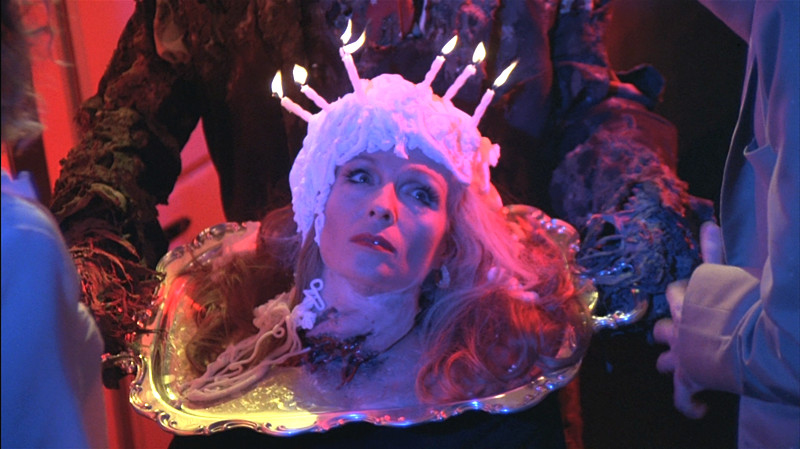
An anthology film is one that contains a series of different short films and stories, most often tied together by one specific theme, premise, or event. Each story may or may not be written and directed by multiple people. The first anthology films arrived in 1932 with Grand Hotel and If I Had a Million, the first featuring a large cast with multiple stories taking place in a hotel and the latter contained multiple stories by different directors involving money being left to a group of beneficiaries.
Most of the cult anthology films involve either comedy or horror related themes. The films on the list mostly come from the 1960’ through 1980’s, during the height of the drive-in, exploitation cinema, and home video rentals.
1. Dead of Night (1945)
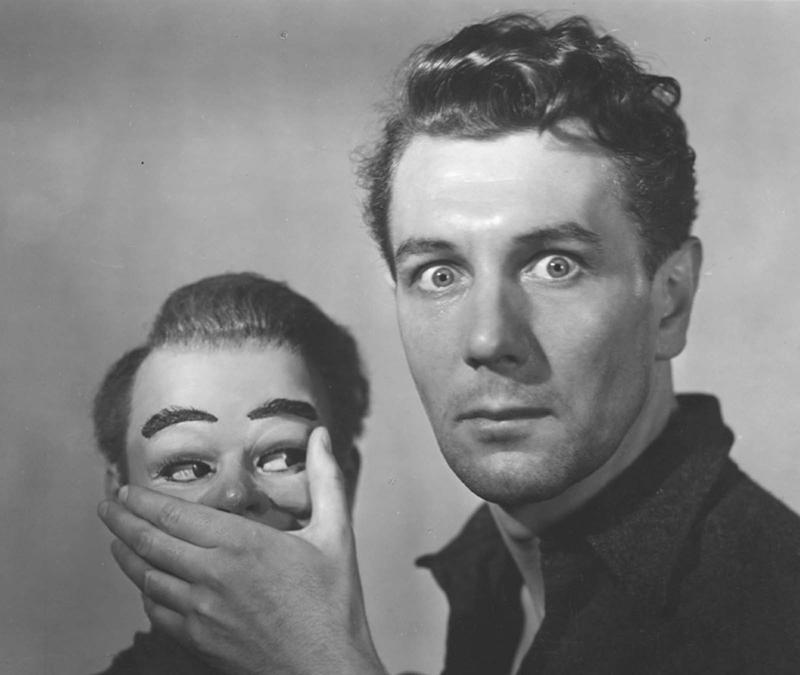
An architect reveals to the guests of a party that he has had a recurring nightmare involving them and believes that he will end up murdering one of them. The guests tell him stories of supernatural events that either happened to them or were told to them. These include a race car driver’s crash, golfers haunted by a ghost, an encounter with a ghost at a Christmas party, a haunted antique mirror, and a ventriloquist dummy that may be alive.
This is a masterpiece of British cinematic horror and the genre as a whole and has been referred to by people as one of the greatest horror films ever made. It is particularly memorable for the story involving the ventriloquist dummy, which would be used again in various television shows and movies including an episode of the Twilight Zone television show.
This is possibly the first horror anthology film and would go on to influence the many British ones that were made by Amicus Productions during the 1960’s and 1970’s, such as Tales from the Crypt and Vault of Horror.
The stories were based on original writings from H.G. Wells, E.F. Benson, John Baines, and Angus MacPhail. It had four different directors Cavalcanti, Charles Crichton, Basil Dearden, and Robert Hamer. The film’s place in horror history is pretty relevant, with it being viewed as an important part of the genre.
A recent poll was conducted in which a group of horror experts were asked to vote for their top horror films of all time, this included “filmmakers like Guillermo del Toro, Clive Barker and Roger Corman to actors, academics and fans of scary movies including Simon Pegg, Kim Newman and Alice Cooper” [1]. The results of this poll placed the film number 35 out of 100 [1]. Martin Scorsese included it on his list of the 11 scariest movies of all time [2].
2. Tales of Terror (1962)
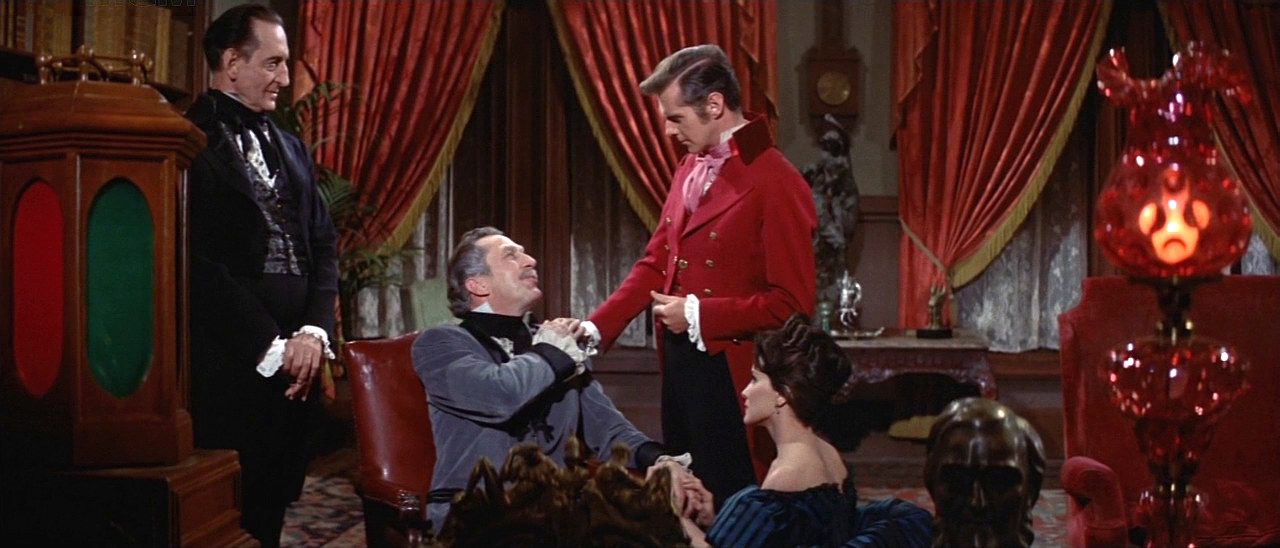
“A Trilogy of Shock and Horror!” [3]. Three tales based upon stories written by Edgar Allen Poe, each starring Vincent Price as different characters. A grieving father has kept his wife’s corpse in his home since she died years ago, who returns from the grave to get vengeance on her daughter for killing her during childbirth.
A drunk murders his wife and her lover and entombs them in the basement; police discover their bodies when they hear his wife’s cat that is trapped with the dead lovers. A dying man requests a hypnotist to hypnotize him so he can’t feel the pain, when he dies he ends up trapped in between the world of the living and the dead.
This was directed by low budget king Roger Corman and was one of the many partnerships between him and Price involving adaptations of Poe’s work. It also starred Peter Lorre and Basil Rathbone. Price is at his best in the first story as the grieving widow.
Lorre is great in the second story, which at this point in his career he had become known for ad libbing his lines. If you’ve seen any of the Poe movies with Price or are a fan of him, then you will enjoy this. If not, then you may find this to just be average. If anything, watch this because of Lorre’s performance in the second story.
3. Black Sabbath (1963)
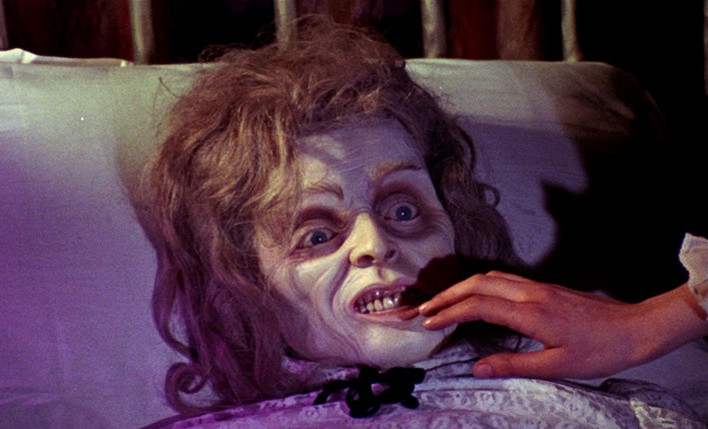
“This is the night of the nightmare…The day of the Undead” [4]. Three stories narrated by Boris Karloff: a nurse is haunted by a dead medium for stealing a piece of her jewelry, a woman receives phone calls from a stalker, and a count comes to a home that has been dealing with vampires called wurdalak.
This is an Italian produced horror film that was directed by Mario Bava, who became mostly known for his films in the horror genre and there use of mood over graphic violence. This one uses a combination of mood, atmosphere, colors, shadows, sounds, and music to create scary situations. The first story makes great use of sounds and the absence of light to create a scary situation and environment, such as the dripping of water, a thumping sound of an open window, and the wind.
It is the scariest of the three stories and has the biggest individual scare with a corpse that has a disturbing looking face, with its eyes open and teeth showing. Karloff does shine in his appearance as the narrator and in the third story of the wurdalak.
There are various versions of the film, both cut differently and with different scores. American International Pictures changed the title to Black Sabbath in order to associate it with the director’s previous movie Black Sunday for American audiences. They also cut various elements, added some new elements, changed the order of the stories, and used a new score from Les Baxter.
The colors of both versions look different because the film was processed by different companies. This has had a great impact among filmmakers and fans, including being the inspiration for the name of the heavy metal band Black Sabbath.
4. Dr. Terrors House of Horrors (1965)
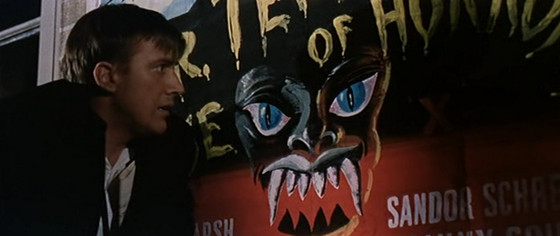
“Acclaimed as “THE FEAR OF THE YEAR” [5]. Five strangers meet a tarot card reader on a train who tells each of their doomed futures: one encounters a werewolf seeking vengeance, one discovers a homicidal plant in his house, one gets involved in voodoo, one is attacked by the disembodied hand of someone he ran over with his car, and one finds out he married a vampire.
The first of many horror anthologies produced by Amicus Productions, which also included Torture Garden, The House That Dripped Blood, Asylum, Tales from the Crypt, The Vault of Horror, and From Beyond the Grave. The studio was trying to make something that was similar to Dead of Night.
This is quite possibly the best of their many anthologies, with a great collection of individual stories that eventually tie in together at the end, plus great individual performances from Christopher Lee, Peter Cushing, and a young Donald Sutherland. Lee plays a high society art critic who lets his ego get the best of him, Cushing plays the older tarot card reader, and Sutherland plays a young doctor that is married to a vampire.
5. Alien Massacre AKA Gallery of Horror (1967)
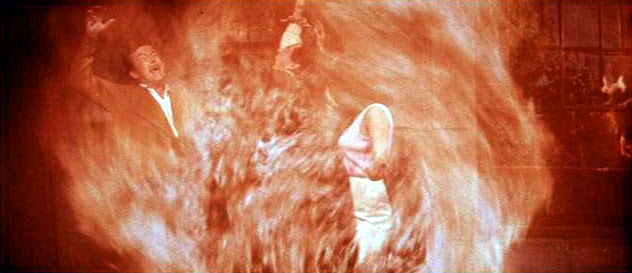
“So shocking it will sliver your liver!” [6]. Five tales narrated by John Carradine that involve witches, vampires, zombies, Dr. Frankenstein, Dracula, and all of them have twist endings. Also starring Lon Chaney Jr., this is on the list of being considered one of the worst movies ever made. So it may be considered required viewing if you’re into bad films.
If not, then you may want to stay away from this one. It features sets that are recycled for each story and most of the actors end up playing multiple characters. The film’s budget was $20,000 and also features stock footage from other films [6].
6. Night Gallery (1969)
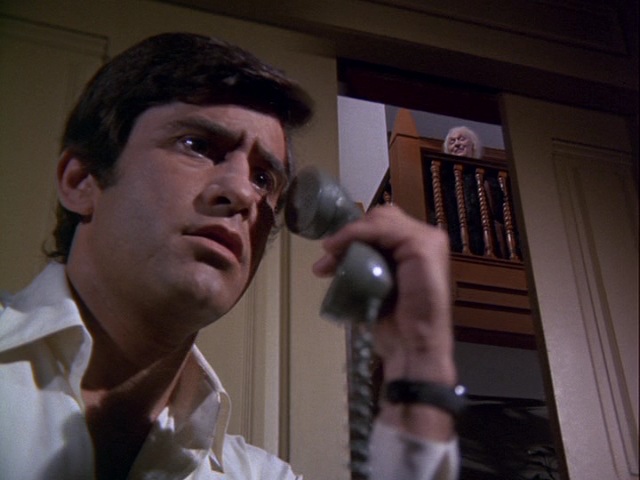
In what is considered the pilot episode of the television show that ran from 1969 through 1973, Rod Serling presents three paintings that have their own individual stories dealing with the vengeance against evil.
The first involves a man that kills his uncle in order to inherit his estate, only to find the paintings in the house changing to suggest that he is coming back from the grave. The second is about a rich blind woman who blackmails a doctor to perform a surgery to see again, only to have it backfire against her. The third involves a Nazi war criminal who is hiding out in South American, but is discovered by a holocaust survivor.
Serling was the creator of the Twilight Zone television series and this was his follow up. The series has its moments, but these three stories are probably some of the strongest in it. They are notable for appearances by Roddy Mcdowall, Joan Crawford, and the directorial debut of Steven Spielberg.
7. The House That Dripped Blood (1971)
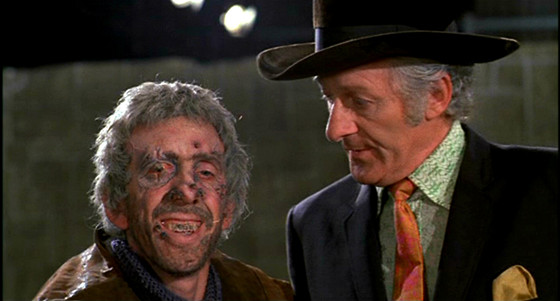
“Vampires! Voodoo! Vixens! Victims!” [7]. A Scotland Yard inspector is investing the disappearance of some film stars that were renting an old house. His investigation leads him to speak to the rental agent for the house, who tells him four stories of events that happened to some previous tenants: a writer is haunted by a character he created, two men become obsessed with a female wax figure, a young girl becomes involved in witchcraft, and an actor obtains a cloak that gives him the powers of a vampire.
This has a nice set plus appearances from Peter Cushing and Christopher Lee, but ends up just being average compared to most of the other horror anthology films. The look of the house is great; it’s the other effects that make the film look bad.
Especially the final story about vampires which feels like it was intentionally trying to be silly, the fangs and the actors flying around looked super campy which was highly unlikely their plan. There is a good in joke in that story when the actor makes a reference to the best Dracula movies as not including the current ones, which were the Hammer Films versions starring Christopher Lee as Dracula.
8. Asylum (1972)
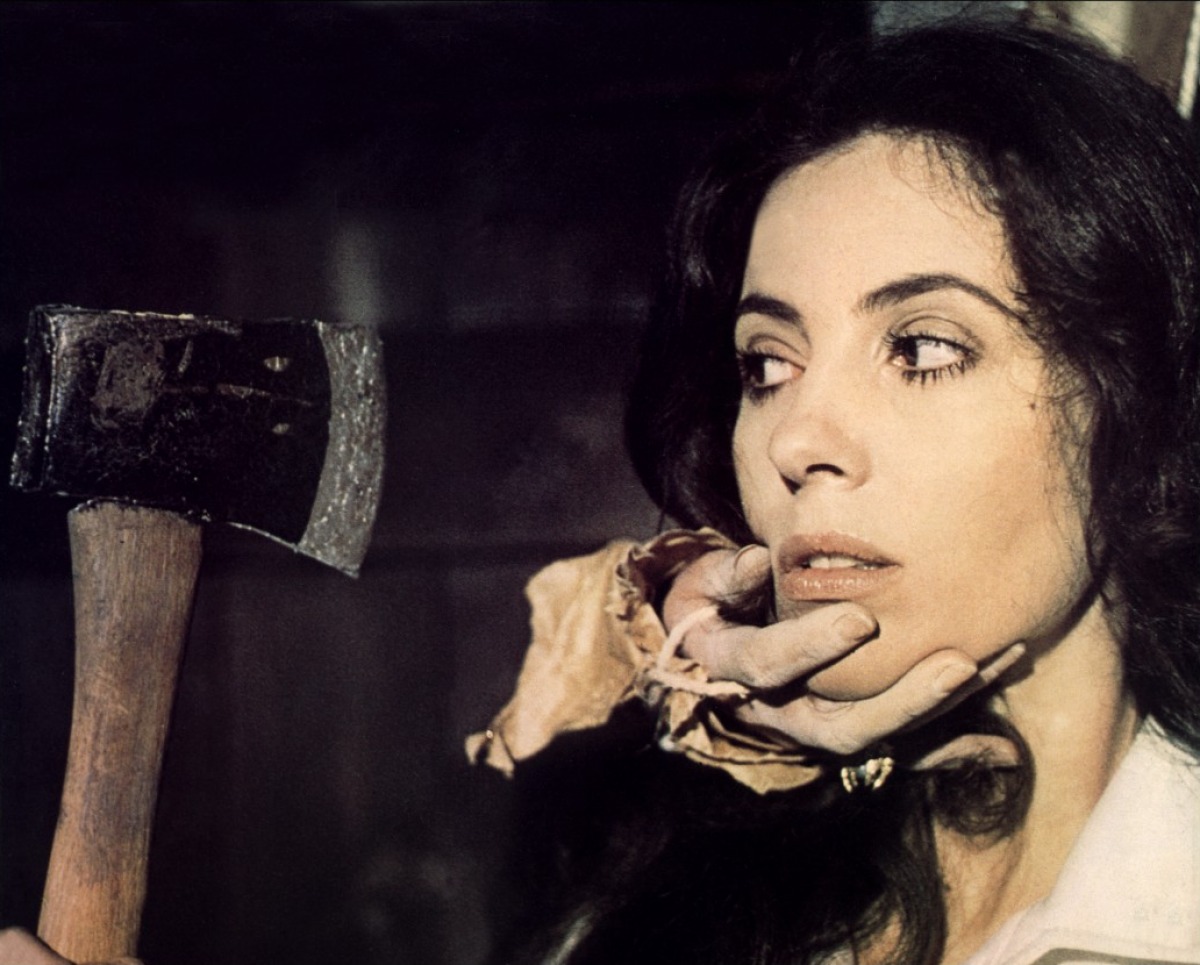
“The hot-blooded beauty in the cold freezer” [8]. In order to get hired, a psychiatrist must interview four patients at an insane asylum and figure out which one was the old doctor there: they include a husband’s plot to murder his wife who practices voodoo, a man makes a suit with special powers, a woman with mental issues thinks that her friend wants to kill her, and a man builds a small robot with his likeness in order to bring it to life.
It features appearances from Patrick Magee, Charlotte Rampling, Robert Powell, Herbert Lom, Barry Morse and Peter Cushing. Production wise the film is done well but it suffers from a terrible soundtrack and is downright silly at times, which may or may not have been intentional. The best story stars Rampling, who shines as the woman who had already been in an asylum before.